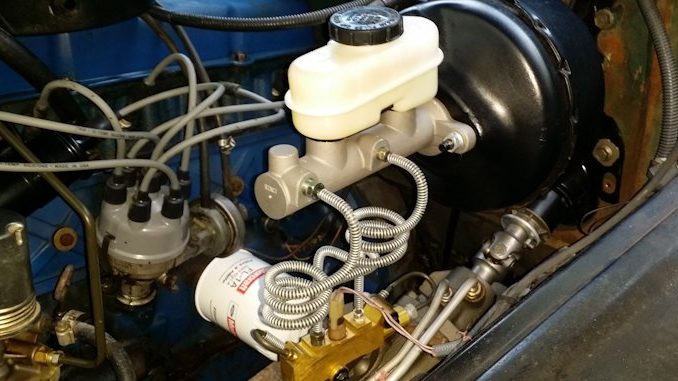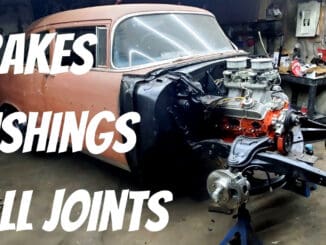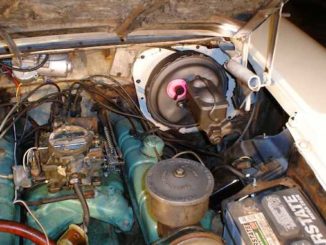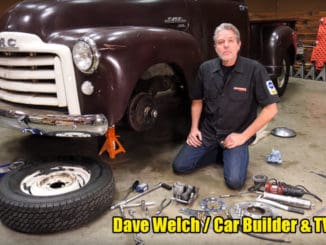
To enhance the efficiency of the braking system, a new system was designed called ‘power-assisted‘ brakes.
This system uses the power of the engine and also battery to increase the efficiency of the braking system. Earlier power brakes were not required as most vehicles had drum brakes.
Nowadays, vehicles need power brakes as they have disk brakes at least on the front wheels. Different types of power brakes are vacuum boosters, air suspended, hydraulic booster, and electro hydraulic booster. Albeit power brakes are costly as compared to other brakes they are used, nowadays, in most cars.
Brake booster is the most important element of power break system. It is located at the back side of the engine compartment on the driver’s side of the car. Vacuum from the engine is used by brake booster to multiply the force that your foot applies to the master cylinder. Brake booster is placed on firewall behind the master cylinder.
The power brake booster along with the master cylinder is connected with the brake pedal. The main purpose of the brake booster is to amplify the available foot pressure applied to the brake pedal. As a consequence, a large vehicle can be stopped with little foot pressure. Engine vacuum is used as power for the booster. The vacuum produced by automobile engines can be used freely in powering accessories such as the power brake booster.
Another major element of the power brake is the check valve. With the help of a rubber hose the check valve is connected to the engine and acts as a one-way valve that allows vacuum to enter the booster but does not let it escape.
If the engine is stopped or a leak forms in a vacuum hose, the check valve ensures that air does not enter the vacuum booster. Because of this valve the vacuum booster provides enough strength to the driver to make several stops in the event that the engine stops running.
The booster is an empty shell that is divided into two chambers by a rubber diaphragm. When the foot of the driver is off the brake pedal, the valve in the diaphragm remains open so that vacuum is allowed to fill both the chambers.
When the driver depresses the brake pedal, the valve in the diaphragm closes, separating the two chambers and another valve opens to allow air in the chamber on the brake pedal side.
However, there are some other factors which contribute to a loss of power assist. The engine must be running in order to have power assist. If the engine stops or stalls while driving, there will have small reserve of power assist for two or three pedal applications but, after that, it will be very difficult to depress the brakes.




